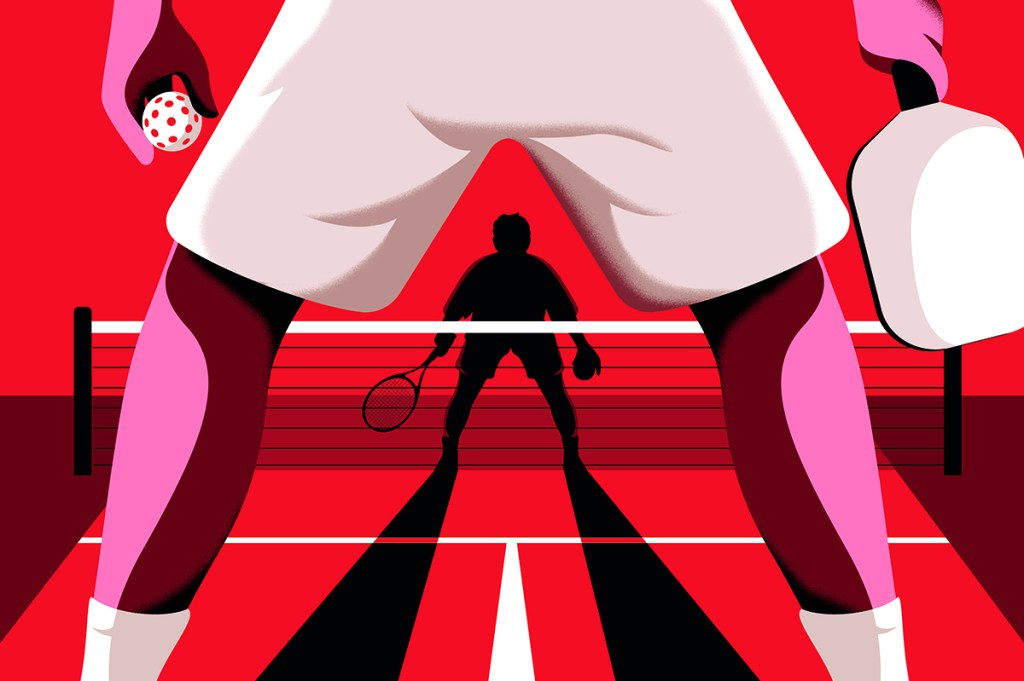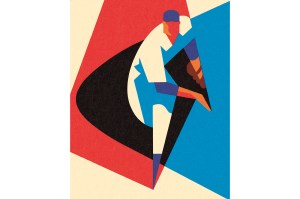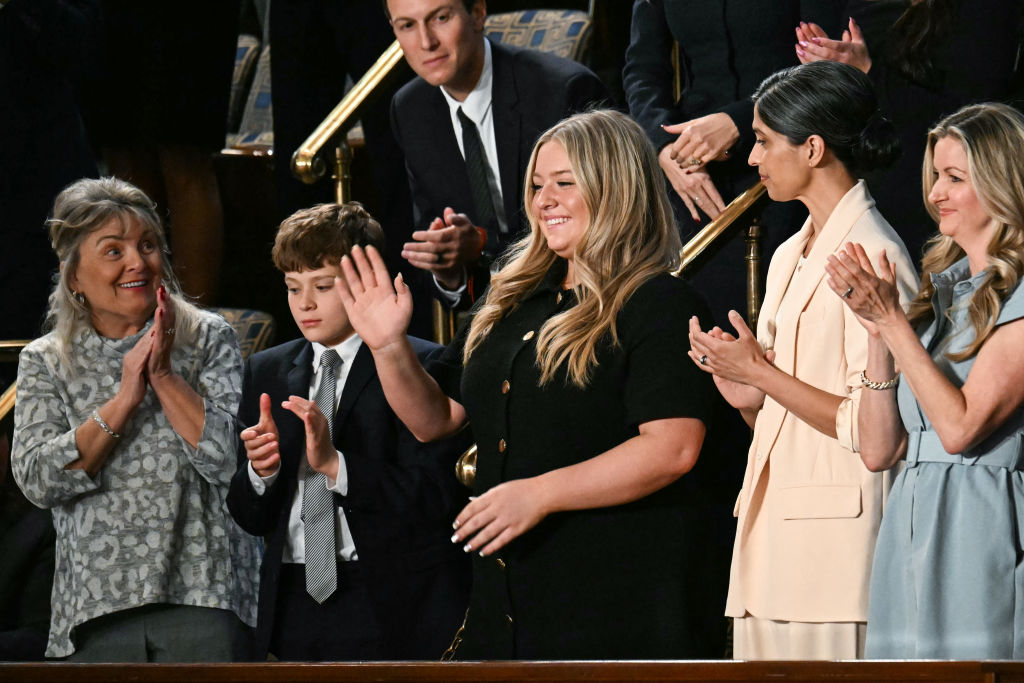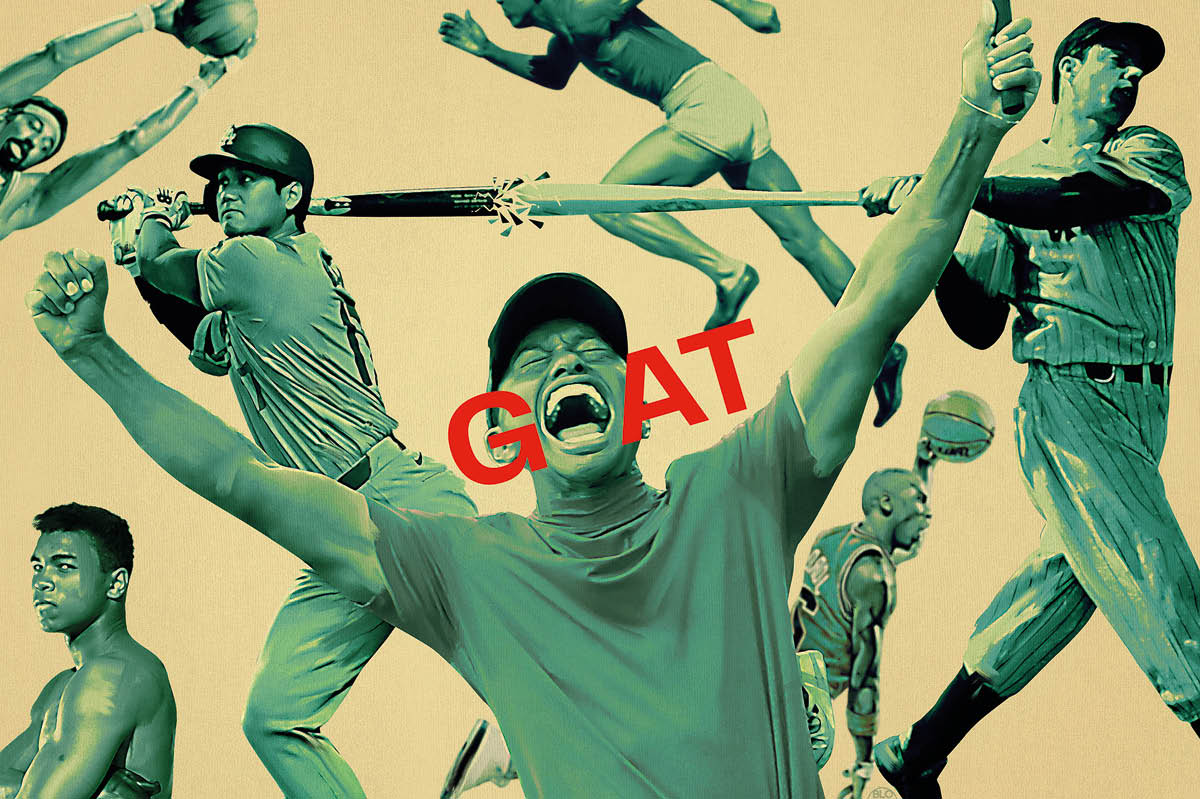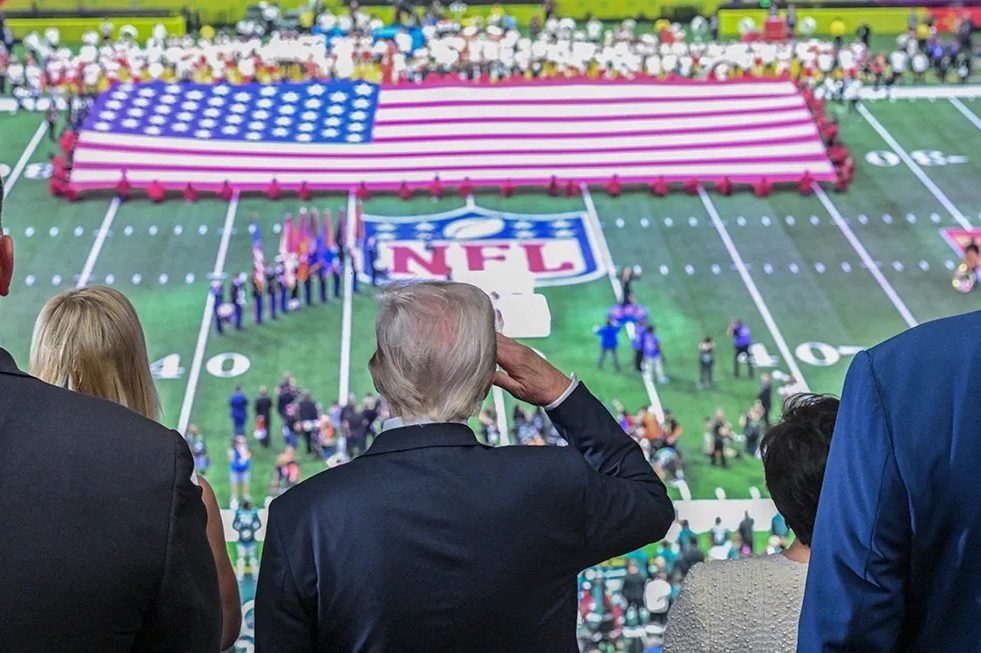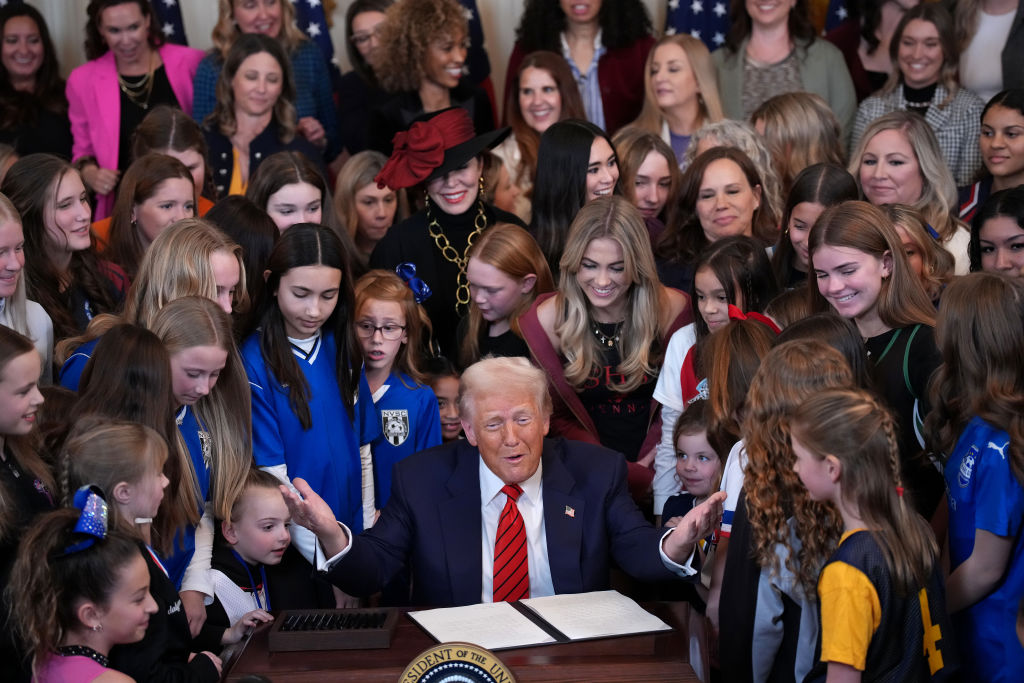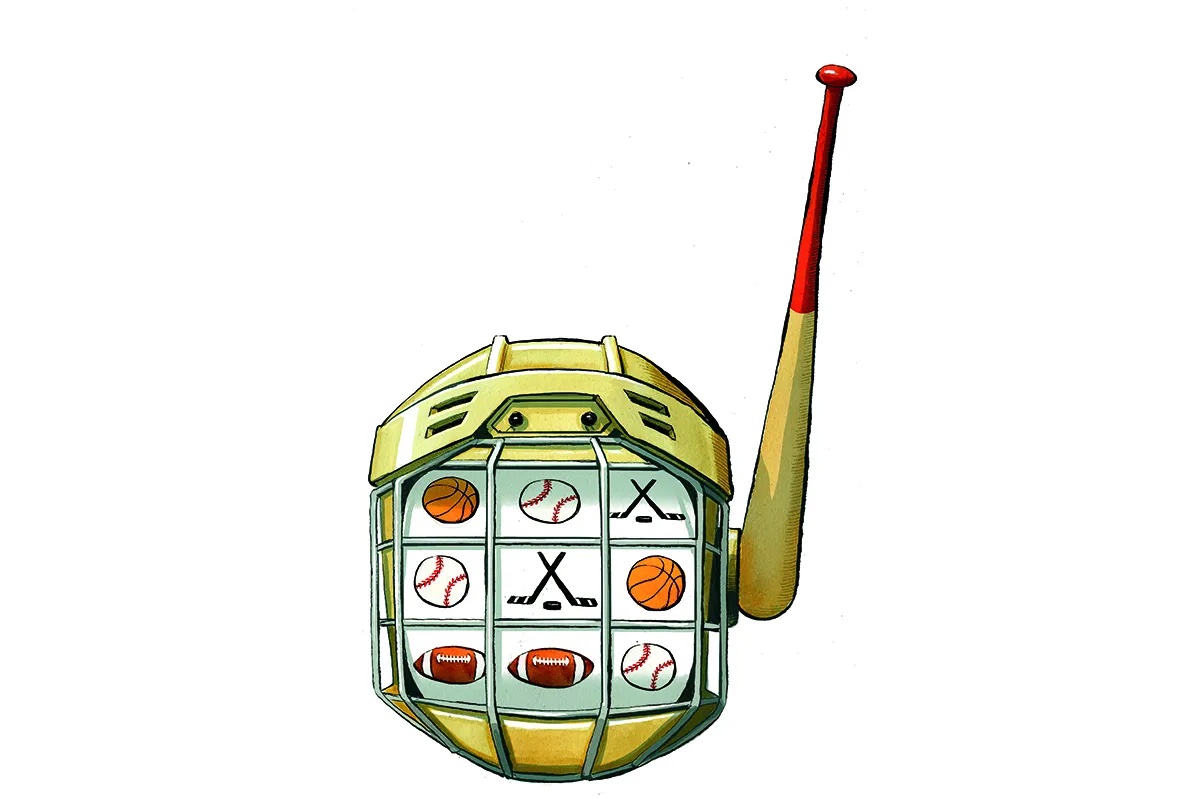One morning this past summer I played tennis with two friends at the John J. Carty tennis courts in Bay Ridge, Brooklyn. About halfway through our session, dozens of senior citizens flooded onto what looked like four child-sized tennis courts next to ours. Wielding rectangular paddles, the seniors formed doubles teams and thwacked plastic wiffleballs back and forth across the nets, producing a bracingly loud pop-pop-pop sound. They were playing pickleball, a sport with origins as a 1960s backyard pastime that has become a craze in the United States over the past few years. Given the small courts and slow ball, the players didn’t have to move very far in any direction to keep a good rally going. They looked like they were having a lot of fun. Sure, the sound was close to unbearable, and of course I’d heard about pickleball and its controversies — even then it was impossible to ignore it. But I appreciated the sight of older folks getting outside and being active.
Today, I’m stunned at my naiveté. Pickleball may have begun as a casual pastime appealing to limited-mobility seniors, yes. But I’ve learned just how expansive its ambitions really are — at the expense of tennis, which has lost public courts around the country to pickleball’s kudzu-like spread. Every week, more stories appear from around the country of tennis courts’ demise at the hands of pickleball. I’m among the legions of tennis players who watch these developments with growing alarm. A mood of crisis pervades the online tennis forums I frequent. It’s an issue that has struck close to home for me quite literally: a group of residents in my Massachusetts hometown have sued the town to stop pickleball being played on the tennis courts of a local middle school, citing the noise. They even hired a noise control consultancy to measure the sound, which assessed that it emits an extremely high frequency that can cause stress and anxiety. An online petition on the topic describes the sound as “clucking through a megaphone.” Another online petition decries a new plan to destroy part of a skate park beloved by local teens. And this is in just one town of 35,000 people.
Some might view all this angst as an overreaction. But there’s something about the pickleball conundrum that heightens emotions. Its insistence on growth at all costs has turned recreation into a zero-sum competition for resources. It’s no wonder the conflict has turned nasty — police were called to an altercation between tennis and pickleball players in San Diego in August. The chasm only seems to widen. Pickleballers accuse tennis players of elitism and gatekeeping; tennis players decry the pickleballers’ encroachment on their space. Even professional sport isn’t safe. The Tennis Channel, one of the few options that exists for watching pro tennis tours outside of Grand Slams, has started showing more and more professional pickleball, even cutting into tennis coverage to do so. At every turn, pickleball has seemed to target tennis in its ruthless quest for market share.
Am I being an elitist snob, proving the pickleballers’ point? After all, it is just a game. And any activity that gets people up and moving is a net good; think of the seniors in Bay Ridge. If pickleball kept to its own spaces and accepted that it is a game in the same category as, say, dodgeball, the tennis community would mostly greet it with a shrug. I’m certainly not angry about squash or badminton. What’s galling about pickleball is the demand that it be accepted as a sport equal in quality to tennis and therefore given carte blanche to take over tennis resources.
Of course there’s an aesthetic dimension to my aversion, but I don’t believe that’s trivial. The rise of pickleball fills me with the same kind of unease as TikTok dance trends or novelty cryptocurrencies. Involuntarily, I’ve begun to file it in the “man-made horrors beyond my comprehension” folder due to data points like Stephen Colbert hosting a televised celebrity pickleball tournament called “Pickled,” or the existence of a restaurant and pickleball chain called Chicken N Pickle. (Coming soon to Henderson, Nevada.) I don’t mean to denigrate Chicken N Pickle. Actually, I commend them for building their own courts instead of colonizing tennis ones. But I agree with David Foster Wallace’s judgment that tennis “is the most beautiful sport there is, and also the most demanding.” Pickleball is neither. The fact that it isn’t demanding has in fact played a decisive role in its popularity. Getting to a decent level in tennis just requires too much time and effort, pickleball fans say. The idea that some endeavors are better precisely because they’re harder has become a casualty of the collapse of rigor and discipline in American culture. Pickleball is merely a symptom.
If you follow pickleball discourse you’re bound to come across Club Leftist Tennis, a Twitter account and Substack run by Michael Nicholas and Charlie Dulik. Twenty-eight-year-old Nicholas and twenty-seven-year-old Dulik have emerged as leading adversaries of pickleball, which they described in a recent anti-pickleball manifesto as “a reactionary specter, a creature of the neoliberal era.” They argue that pickleball is an obviously astroturfed venture-capital scam. Considering the evidence, they may have a point. Billionaire investor Tom Dundon, who bought a startup football league in 2019 and shut it down two months later, now owns one of the professional pickleball leagues as well as a large e-commerce site selling paddles and gear. The social media hustle culture influencer Gary Vaynerchuk (“Gary Vee”), last seen shilling for NFTs, recently bought a team in one of the other pro leagues.
The worry is that the bubble will not pop before enough local governments make the shortsighted decision to cut tennis. “Pickleball is explicitly cannibalizing the space for other sports in a way that I think was not as permanent with racquetball,” Nicholas said, citing the racquetball trend of the 1980s. In the case of public tennis facilities being pickleballed, “the worry is that [they’re] not going to be diverted back once the fad passes.” This isn’t just affecting tennis: public basketball courts have also been targeted, as well as children’s playgrounds.
Nicholas and Dulik question pickleball’s claims about its popularity, which have sustained the credulous media coverage of its growth. The number of new tennis players since 2019, the pair point out, is close to the same as the total number of pickleballers (both around 5 million). Sure, pickleball might be the fastest growing sport. But that oft-cited stat “obscures that it’s really nowhere near the realm of popularity of tennis,” Dulik said. “It’s not even as popular as something like Ultimate Frisbee.”
But wait, some might ask. Isn’t tennis a snooty country club sport for the rich, like squash or golf? That’s what Big Pickleball wants you to think, and their media campaign has been effective. The New York Times seems to churn out pickleball-friendly pieces on a near-weekly basis these days. “The pickleball narrative relies on this perception of country-club tennis and applies that to tennis writ large, when it really is not representative of the people who play on public courts,” Nicholas said. According to the United States Tennis Association, 70 percent of American tennis players are playing the sport on publicly-owned courts. And tennis is growing more diverse: a survey this year reported double-digit growth in participation by black and Latino players. Yet tennis has allowed pickleball to mythologize itself as the most democratic, welcoming and egalitarian racket sport. This despite outrages like the closure this fall of a beloved nonprofit tennis academy in Carson, California, where low-income children learned the sport, because the space will potentially be converted for pickleball.
I wanted to understand the pro-pickleball point of view, so I spoke with Thomas Shields, the thirty-year-old founder of the Dink, a website and newsletter that covers the sport. (A “dink” is a kind of shot in pickleball.) Shields grew up in a family of tennis players who discovered pickleball a few years ago and became enthusiastic converts. Seeing the zeal displayed by his relatives, Shields saw a business opportunity and launched the Dink two years ago. “There’s massive passion within pickleball; people who play are completely obsessed with it,” Shields told me. “So that led to building an audience pretty quickly and easily.
“The amount of courts that are being built is unbelievable,” Shields said. “They’re saying there are sixty-six new places to play in the US every month. And that’s not including backyard courts and tennis courts, where people are just putting lines down.”
Triggered by this notion, I pulled a face. Shields reassured me that he was familiar with and totally understood the reaction of “tennis purists.” He had tangled with Club Leftist Tennis on Twitter, at first thinking they were satirical, then blocking them once he realized they were dead serious. But if I were to just try pickleball, he said, I would get it. I asked him what makes it so fun.
The learning curve is “pretty minimal,” he said. “You can learn it really quickly. And you can improve at a rapid pace. And so there’s this constant positive reinforcement, right?” Understandable. But pickleball’s strength in this regard may ultimately prove its downfall. That minimal learning curve means the gap between rec player and pro player is much smaller than in tennis. Partly due to this dynamic, professional pickleball is, I can confirm, not fun to watch on TV. It lacks tennis’s movement, dynamism and explosiveness. It lacks its drama. This is the downside of ease. “It’s so bad,” Dulik said of pro pickleball. “That is when I feel most confident that we’re right.”
Shields argued that the two sports can peacefully coexist, but he outlined this in a way that I hardly found comforting. “I think most tennis players will eventually try it, and they’ll understand the appeal,” he said. He ventured that up to 90 percent of pickleballers have some tennis background, and uttered the chilling words, “tennis fuels pickleball’s growth.”
If tennis players want to stop serving as a feeder chute for an inferior sport, they’ll need to study pickleball’s tactics and aptitude for navigating local government and media coverage. The danger is real. Otherwise we face a chilling dystopia of pop-pop-pop induced delirium, Chicken N Pickles on every corner and the victory of comfortable mediocrity over standards and excellence.
This article was originally published in The Spectator’s December 2022 World edition.



